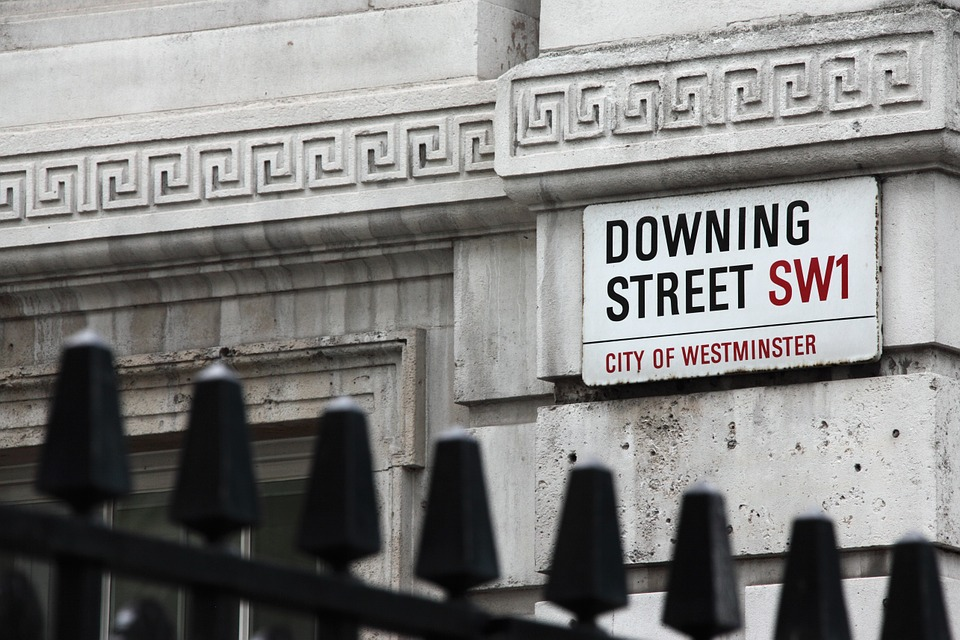Downing Street is so well known that it hardly needs any introduction. Number 10 is as famous as the White House and as symbolic of British political power as the prime minister himself.
Although it is very difficult to get any more than a glimpse of the famous door behind the iron railings at the end of the street and the police, it is still well worth a look. Traditionally the Chancellor of the Exchequer lives next door at Number 11, although the Prime Minister and the Chancellor have been known to swap.
The street dates back to the late 17th century and was built on the former site of Hampden House. Originally there were between 15 and 20 houses on the site. The numbers of each house has changed over the years (Number 10 used to be Number 5) and many of them have been destroyed. Today, only 9, 10, 11 and 12 survive. Other houses in the street were used as various departmental offices before their destruction - Number 14 was the War Office and Colonial Office in the 19th century while Numbers 15 and 16 were used for The Foreign Office.

- Monday:
- Open 24 Hours
- Tuesday:
- Open 24 Hours
- Wednesday:
- Open 24 Hours
- Thursday:
- Open 24 Hours
- Friday:
- Open 24 Hours
- Saturday:
- Open 24 Hours
- Sunday:
- Open 24 Hours









